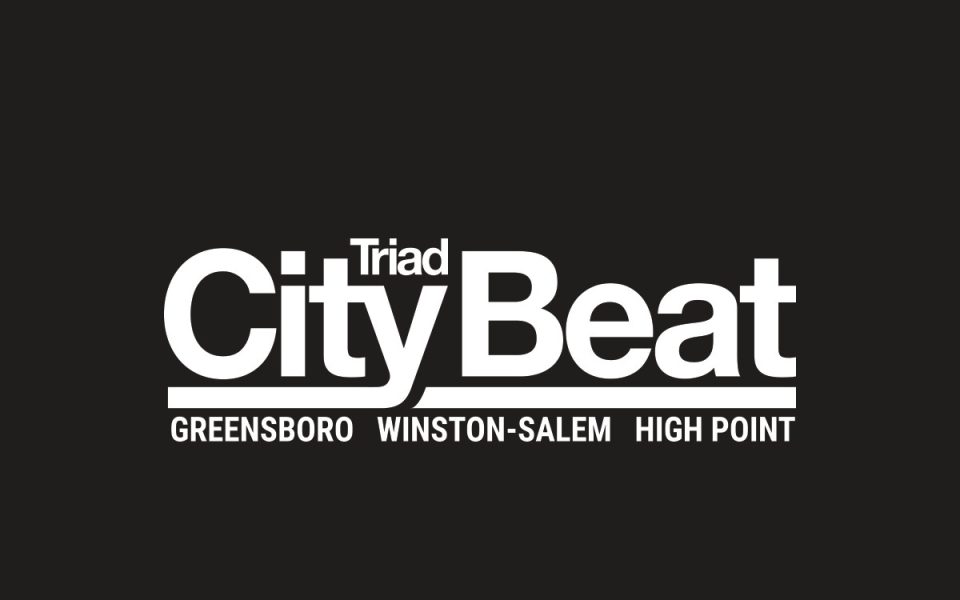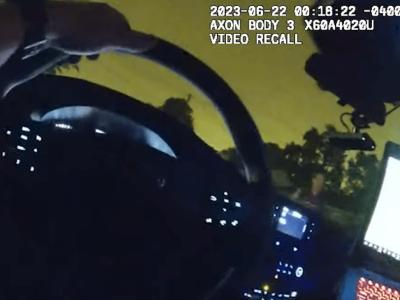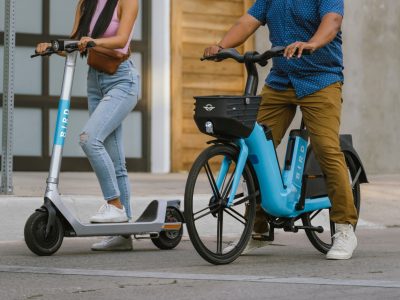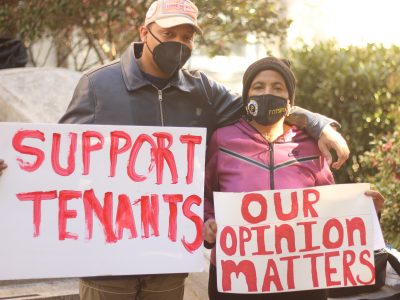Construction on a segment of the downtown greenway in Greensboro is already three months behind schedule and isn’t expected to break ground until fall at the earliest, but there’s good news, too.
The beginning of a new year was supposed to be a significant moment in the progress of Greensboro’s downtown greenway, marking the completion of the northwest cornerstone site and gazebo and the beginning of construction on an adjacent stretch of the path.
Instead the period was unremarkable as far as the long-term project is concerned, with minimal signs that route construction would begin and the cornerstone still months from completion.
No fanfare, ribbon cutting or balloons indicated progress last week either, but despite being unceremonious, April 4 marked progress: Workers finished the cornerstone, complete with a gazebo and edible plant landscaping on a long-vacant site.
Action Greensboro, which is bottom-lining the greenway loop, is hosting a ceremony to dedicate the northwest Tradition Cornerstone on May 10. Dabney Sanders, the greenway project manager, said unexpectedly severe rain and winter weather delayed the site’s opening.
“We always try and set very aggressive timelines because we know otherwise it will slip,” she said.
 A northern stretch of the greenway path running from the new cornerstone by Prescott Street to Green Street still isn’t underway despite initial plans to begin at the start of the year. The two-block strip in front of the Greenway Apartments at Fisher Park on Smith Street is already finished, but Sanders said new construction on the rest of the section won’t begin until September at the earliest.
A northern stretch of the greenway path running from the new cornerstone by Prescott Street to Green Street still isn’t underway despite initial plans to begin at the start of the year. The two-block strip in front of the Greenway Apartments at Fisher Park on Smith Street is already finished, but Sanders said new construction on the rest of the section won’t begin until September at the earliest.
The holdup is mostly due to technical and bureaucratic specifics, including right-of-way acquisition, permanent slope easements and temporary construction easements, Sanders said. The city real-estate office is working on specifics to allow the project to move forward and receive federal funds, she said.
The money comes through something called “Surface Transportation Projects – Direct Attributable” grants, passed through the state transportation department to the local Metropolitan Planning Organization, Sanders said.
Sanders said she is hopeful construction on the northern phase of the project will be put out for bid in July. Plans for the southern area along Bragg Street are currently being wrapped up and it’s realistic to expect construction to start there by the end of the year, she said, pending conversations with the railroad line that passes over the path there.
Beyond the gritty details of specific sections of the greenway, the biggest missing piece of the massive economic development and environmental project is public funding.
“We’ve raised the bulk of what we’ve planned to raise from the private sector,” Sanders said. “We need to identify some public-sector funds to finish off and complete the project.”
There is a gaping hole in funding about $10 million wide, and it isn’t exactly clear where it will come from. Proponents have searched and continue to pursue different avenues and were recently encouraged that the city council instructed staff to help find some possibilities in the fall, Sanders said.
“I wake up every day thinking about how we’re going to move this project forward,” Sanders said, adding that city staff doesn’t have that luxury with a million other things to do. “Maybe the city isn’t thinking about it quite so much because they know we don’t have the money.”
Sanders said she is waiting to hear what city staff comes up with and said they are in the midst of figuring it out.
David Parrish, an assistant city manager, said staff plans to present its findings to council during budget discussions in April or May.
“There’s a really limited amount of public funding that’s available,” he said. “I know council has a clear interest in this and I know Dabney [Sanders] and others do, too.”
In addition to instructing staff to look into public funding options that may include transportation grants, council released bond funding that was previously approved by voters, some of which was earmarked for the greenway, Sanders said. While there isn’t an exact number for how much the remainder of the greenway will cost — the eastern section along Murrow Boulevard will run between $6.5 and 10 million, Sanders said — the bond funding released in the fall isn’t part of the roughly $10 million still needed.
It has been four years since the greenway broke ground, and well over a decade since the idea first came to be considered seriously. Sanders said backers have known all along that it would be a 10- or 15-year undertaking, but that can be difficult to keep in the forefront of people’s minds.
The current estimated completion date for the entire project is 2018, she said, putting it behind more recent large projects such as the downtown performing arts center and the downtown university campus project. The three projects aren’t directly competing for attention or funds, Sanders said, but as more of the greenway comes online there may be more political will to focus on bringing this major capital project to fruition.
Join the First Amendment Society, a membership that goes directly to funding TCB‘s newsroom.
We believe that reporting can save the world.
The TCB First Amendment Society recognizes the vital role of a free, unfettered press with a bundling of local experiences designed to build community, and unique engagements with our newsroom that will help you understand, and shape, local journalism’s critical role in uplifting the people in our cities.
All revenue goes directly into the newsroom as reporters’ salaries and freelance commissions.







Leave a Reply